Two weeks ago on Saturday I attended a course for spinning yarn by hand. This means spinning and twisting threads from animal or plant fibers. The course instructor does not only know how to spin yarn, but she also knows a lot of other traditional handicraft. There’s working with cloth and leather as well as processing wood, clay and metal. You can take a look at her website Altes Handwerk. It’s all in German though.
On Saturday we started with spinning wool fibres and then worked our way through different materials with varying properties. In the pictures you can see the brown wool, rough flax (the yellowish fibres), combed wool or mohair (the creme coloured one) and silk (white). Flax is only meant for practicing since the yarn will be very rough. But with the other materials every course participant found her own favourite.
In the other pictures you can see the spindle. It’s made from a clay lens and a wooden wand. The yarn is already twisted, this means my spun thread is doubled. You can see the two original threads in the brown white yarn. You can also see how uneven I’m spinning. But still I’m proud a little bit. Twisted the yarn is strong enough to be used for sewing.
I think I will try my hand at spinning again. Especially for visible decorative stitching a handspun yarn would be pretty neat. The other course participants mostly want to use their yarn for needle binding (a precursor of knitting). For this the yarn can be thicker. You can also use the yarn for weaving and of course knitting and crocheting. Whatever you want.





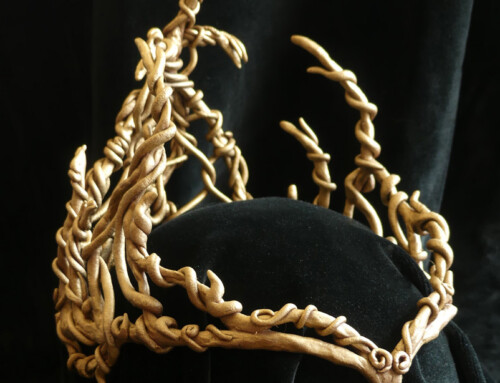
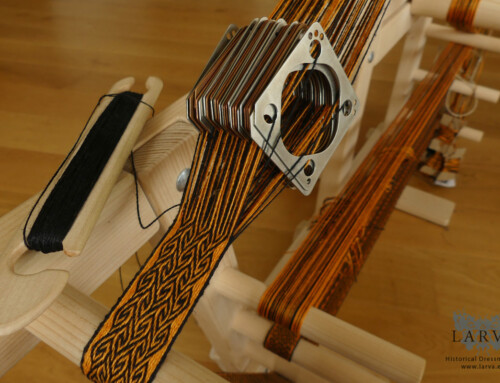
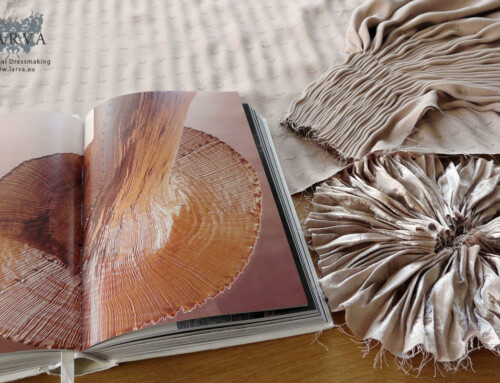
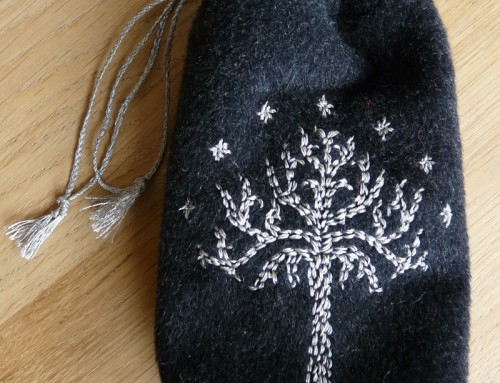
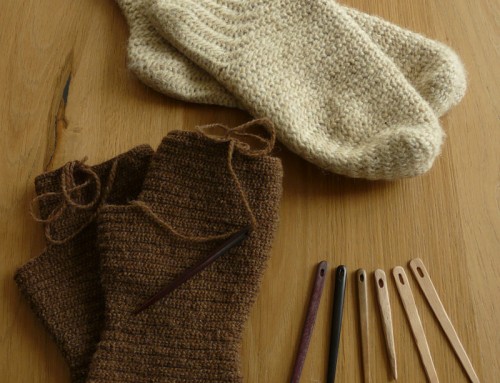

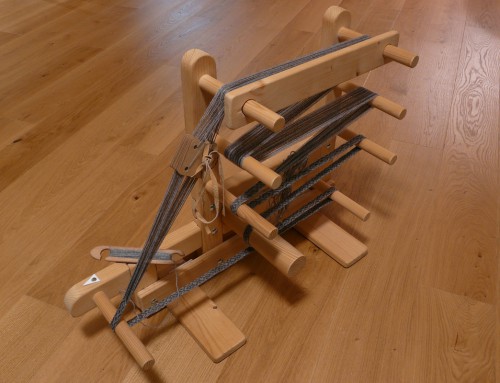

Leave A Comment